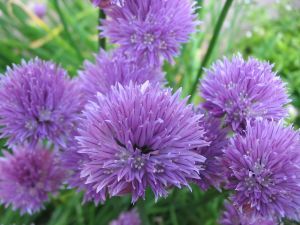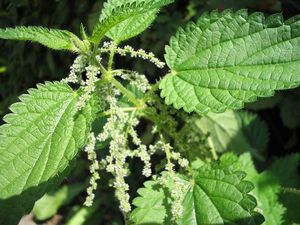Has your kid ever wanted a science experiment for school that “wows” people? Well here’s a fun suggestion that not only will your kid enjoy, but it also make him appreciate the wonders of nature that much more!
Materials:
– 1 to 3 glass test tubes (if you can’t find a test-tube, you can use a thin glass jar or container, like the ones sometimes used to sell spices or chives).
– 1 to 3 glass beakers, large enough so most of the test tube can fit inside. (you can use a regular glass or jar if you don’t have a beaker)
– 1 light source (preferably a desk lamp with a flexible stem).
– 1 box of long stick matches (long enough to reach all the way into the test tube and leave you with a good grip). (alternatively, you can use long paper tapers and regular matches).
– 1 rag or towel, in case of spills.
And now the tricky part:
– You’ll need a small to medium sized supply of pondweed; that’s right pondweed. These can be easily found in ponds or lakes, near the shoreline. To be safe, make sure there’s an adult present. The kind you’re looking for is the one that had long, stick-like stems and lots of small leaves coming off very short twigs. Ideally, you’ll want one that has a reasonably rigid stem, so you can fit it into the test tube when the time comes. And you’ll also want to take a reasonable amount of the pond water with you, maybe a bucket or two.
Setting it all up:
1) To start with, keep the pondweed in the bucket with pond water at all times.
2) Take one or two stems of the pondweed and place them in the test tube, but leave room (half and inch) between the tip and the closed end of the tube.
3) Fill the beaker or jar with pond water almost to the rim.
4) Now take the test tube, and while holding the stem in place so it doesn’t move, dunk it into the bucket, filling it with water almost to the rim.
5) The tricky part: you have to place the test tube into the jar, open end first. This might take a few tries; what you want in the end is to have the test-tube in the jar, with only about half and inch or less or air inside. (see image)
6) Set up another one or two if you like, as standby in case your pondweed isn’t “cooperating”.
The science:
The objective of this experiment is to prove that plants really do give off oxygen through photosynthesis. Normally, the conditions for photosynthesis to happen require light (preferably sunlight), carbon dioxide, soil and nutrients.
Because we’re dealing with pondweed, a somewhat simpler plant, there’s no need for soil as it extracts what it needs from the water, including the carbon dioxide. Through photosynthesis, the plant will convert this gas into oxygen.
But how do we know it’s producing oxygen? Simple, if you take time to observe the plant in the tube or even in the bucket, you’ll notice bubbles starting to form and rise from the plant. These are oxygen bubbles that travel up from the depth in the water and are released into the air.
Since we’re using the test tube, the oxygen isn’t release and it’s store in the tube, and because it’s a lighter gas than carbon dioxide, it won’t escape the tube, provided you keep the open end pointing down.
So how much oxygen are we going to collect? Well if left alone, the plant will eventually give off enough oxygen to fill a good portion of the tube, but for the sake of the experiment, we need something faster. That’s where the lamp will come in, by acting as our own artificial “sun”, giving the pondweed the necessary boost we need, by increasing it’s rate of photosynthesis, filling the end of the test tube with oxygen a quick rate.
Once you’ve left the lamp near the beaker and test tube for while (this would be the ideal time to explain how the whole process works, with charts and similar visual aids), you’ll be able to re-ignite a match by placing the glowing end right into the test-tube to where the oxygen was, delighting the crowds and proving that plants really do give off oxygen.
The Presentation:
1) Invite people to get close and let them look at the pondweed set up.
2) Take on of the beakers with the test tube and place it near the lamp and turn it (the lamp) on.
3) Explain in general terms how the whole process of photosynthesis works (help your child make colorful charts and diagrams to aid). Take between 3 and 5 minutes, depending on how much detail the presentation is going to go into. Make sure the people notice the bubbles rising in the test tube when it’s close to the light.
3) Carefully, remove the test tube from the beaker by lifting it slight with one hand, and using your other hand, slowly pull the pondweed while you raise the tube, taking care not to shake it.
4) Arrange with an assistant or even one of the spectators to, as soon as the test tube is out, to light one of the long matches and blow it out gently, making sure you get a nice glowing end. Take the match from this person, and quickly insert it into the test tube, making sure not to let it touch the wet sides of the tube. Once you reach the closed end where the oxygen is, the match should re-ignite due to the oxygen, or at the very least you’ll get the end to glow brightly.
5) Getting the match to reignite might require some practice, both in lighting the match and handling the tube but you’1l get the hang of it eventually.
As a final environmentally friendly note, make sure you return the pondweed back to where you took it from.



